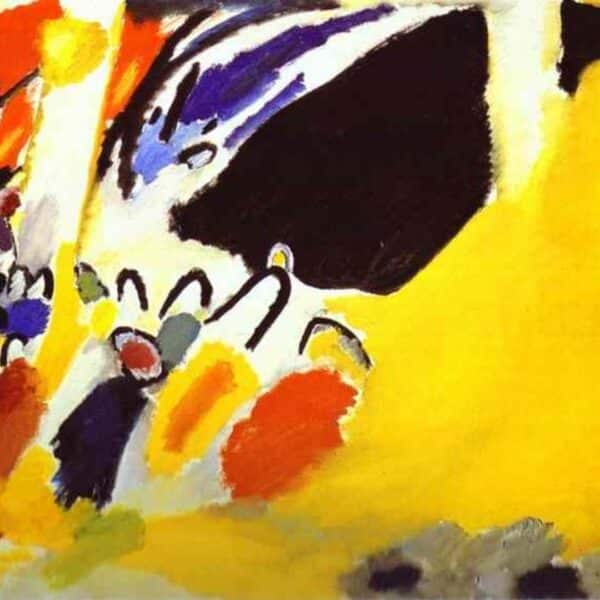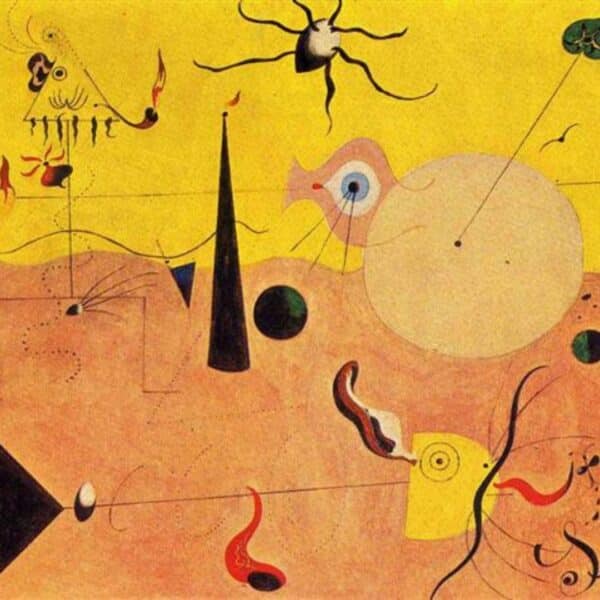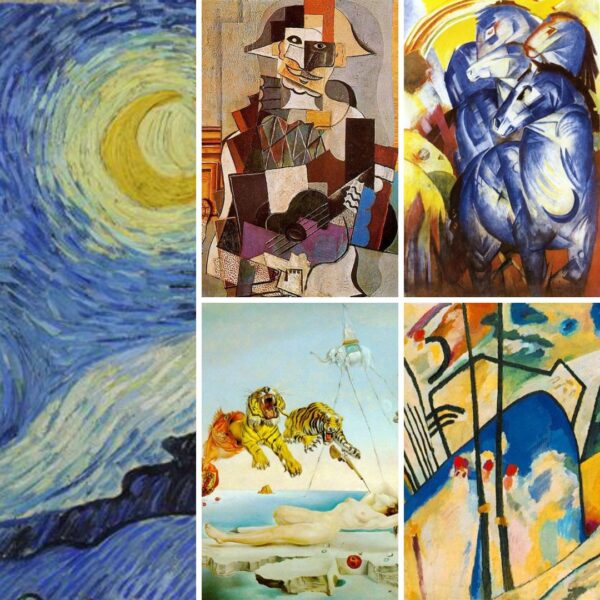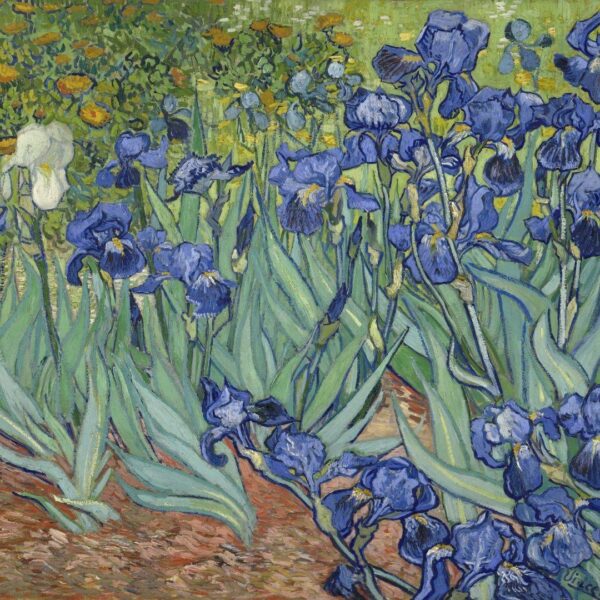Edward Hopper’s works are among my favourite. The isolation, the loneliness and, in general, the silence of his paintings really speak to me. I like his taciturn characters, his nights, his windows and even, when they exist, his painful blue skies and a sun that insists on illuminating without warming.
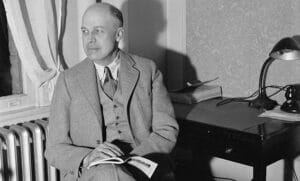
Edward Hopper
Edward Hopper
Born in New York in 1882, Hopper studied at the Institute of Arts and Design. From 1906 onwards, he visited Europe to complete his training.
Until the first half of the 20th century, this was a common occurrence for artists, who often travelled with funding from their governments, educational institutions or family members.
Once he got to know what was being produced in Europe, Hopper wasn’t attracted by the abstract experiments that were at their peak, but became deeply interested in realism.
From 1913, he began working in so-called commercial art, as a magazine illustrator, something he did for around ten years. It wasn’t his dream job, but with it, Hopper learnt compositional techniques that he would take to his paintings.
By the 1920s, Hopper was more confident as an artist and more mature in his creations.
House by the Railroad
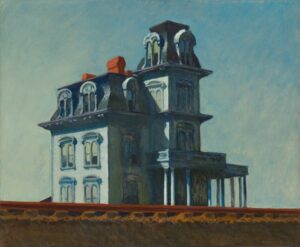
House by the Railroad, Edward Hopper, 1925
In the 1920s, Hopper was more confident as an artist and more mature in his creations. With 1925’s House by the Railroad, he inaugurated a period of intense production, in which American urban life and rural scenes stand out.
In time: House by the Railroad inspired the house in which Norman Bates lived with his mother in Alfred Hitchcock’s film Psycho (1960).
Edward Hopper Nighthawks “the paradox of isolation in the midst of visibility”
In his restrained, indifferent and realistic paintings, Hopper evokes a marked sense of urban alienation, emphasising what the American sociologist Richard Senett called the “paradox of isolation in the midst of visibility”.
In: All About Art, organised by Stephen Farthing.
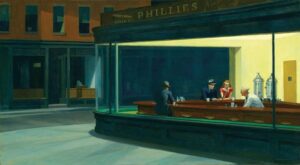
Edward Hopper nighthawks , 1942
Fluorescent light inside, darkness outside. The contrast of this lighting is one of the first things we notice in Nighthawks, a painting from 1942.
The play of light and shadows is well defined and gives the painting a theatrical (and slightly sinister) appearance.
There are no visible doors in the restaurant, which conveys a sense of confinement: the characters are isolated and we, observers, can’t get closer.
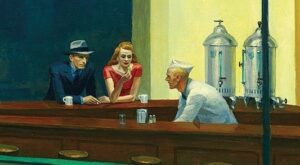
Edward Hopper nighthawks , 1942 , detail
Our gaze is almost immediately drawn to the trio: the man in the hat and the woman in red, and the waiter.
The clients are holding hands, but they are not interacting. Although they are side by side, they could be strangers, and even if they are intimate, at this moment each one is absorbed in their own thoughts. The waiter, on the other hand, is looking at the dark shopfront across the street, where all that can be seen is a cash register.

Edward Hopper nighthawks 1942 detail
A third customer, a man, has his back turned and is in a half-shadow, more isolated than the others, hidden by the painting itself. The presence of this faceless man, marked by his anonymity, is one of the most important elements in the painting, as it emphasises the feeling that the restaurant’s small universe is completely impenetrable.
Edward Hopper: loneliness and isolation
Most of Edward Hopper ‘s works touch, in one way or another, on issues of loneliness and isolation. The lack of interaction. The lack of contact.
Many of the paintings are of houses and windows that give the feeling that no one has been there for a long time, and at the same time that someone is moving around on tiptoe to avoid answering outsiders.
Towards the end of the 1940s, Abstract Expressionism left Hopper a little isolated (or did he isolate himself?), because it was a very different type of art from realism.
However, later, with Pop Art, his art became a reference.
Edward Hopper died in 1967, and his wife, Jo Nivison, donated part of his work to the Whitney Museum.
Understanding the art … Get to know the online courses with certificates

Rute Ferreira
I am an art teacher with a background in theater, art history and museology. I’m also specialized in Distance Education and I work in basic education. I write regularly on the Citaliarestauro.com blog and the Dailyartmagazine.com. I firmly believe that the history of art is the true history of humanity.

